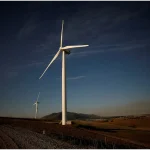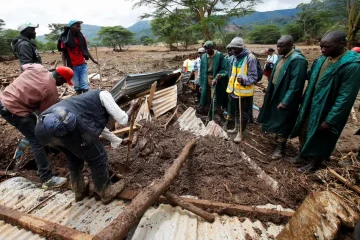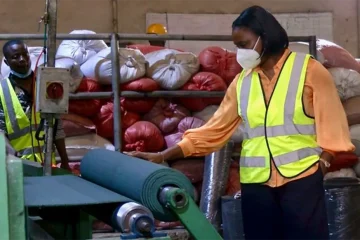MORE than fifty percent of the job opportunities that have been created in the global critical minerals subsector are to be found in Africa, according to a new report by the International Energy Agency.
“The unprecedented acceleration that we have seen in clean energy transitions is creating millions of new job opportunities globally, said IEA Executive Director Fatih Birol in a recent webinar about the report launch.
The job opportunities have been documented in the IEA’s ‘World Energy Employment 2023’ report, which tracks the global energy workforce’s evolution between 2019 and the present, analyzing regions, fuels, technologies, and the value chain.
According to the report, a growing demand for critical minerals needed in the global quest for energy transition has ignited investment in this sector in Africa.
“In total, demand for lithium tripled, cobalt jumped 70%, and nickel rose 40% between 2017 and 2022,” the report outlines.
With Africa accounting for vast reserves of critical minerals, including 85% of the world’s manganese and 80% of the world’s platinum and chromium, as estimated by the Center for Strategic and International Studies, investment in the sector has driven the reported job growth.
Past IEA forecasts have shown the demand for critical minerals will grow by at least thirty times by 2040, signalling that the growth curve for jobs in this sector will continue.
Further, this year’s report shows investment in clean energy technologies has led to an upsurge in the number of new workers in the energy sector globally. Current estimates show that more than 67 million people are employed in the global energy sector, an increase of 3.5 million from pre-pandemic levels.
Most growth occurred in five sectors: solar PV, wind, electric vehicles (EVs) and batteries, heat pumps, and critical mineral mining. Solar PV is by far the largest employer of the five sectors, accounting for 4 million jobs, while EVs and batteries were the fastest-growing, adding well over 1 million jobs since 2019.
The IEA estimates that the energy sector employed 4.3 million people in Africa as of 2022, a considerable increase from the 3.8 million jobs reported in the previous report.
Despite the increase in the number of clean energy jobs, the report underscores a growing need for up-skilling and re-skilling for the continent’s sector workforce, considering “most mining-related jobs (currently) are in the operation of the mine and the transport of materials to processing facilities”.
However, with more and more critical mineral mining companies setting up beneficiation facilities, the demand for more skilled labour in this subsector will increase.
In Africa, considerable growth in the number of jobs has taken place in the electrical power sector, which now employs over 1 million Africans in generation and grids.
Notably, rapid investments in solar and onshore wind have created 3.9 million jobs globally, marking a 13% increase from the previous year. Off-grid solar, crucial in regions like Africa where more than 8% rely on it, also contributes significantly to job growth, employing over 115,000 people on the continent.
However, despite these strides in clean energy, fossil fuels still dominate employment on the continent, with 1.3 million people employed in oil and gas and 100,000 in coal supply.
This is likely to change, as, globally, “clean energy employment surpassed fossil fuels in 2021, representing over half of the total energy sector jobs.”
While jobs in the fossil fuel industry have increased year-on-year, the report shows the rebound has been more subdued, leaving fossil fuels below pre-pandemic levels.
Similar regressive trends can be seen in the global and continental coal industries. The IEA report projects that employment in coal will undergo the most significant decline by 2040.
In some countries on the continent, there has been a notable turnback in coal production. Egypt, for instance, closed a 62-year-old state-owned El-Nasir Company for Coke and Chemicals in 2022. This was less than a year after another coal-intensive steel factory closed down in the country.
Other innovative energy options, such as biofuel and biogas, are gaining ground and could create more jobs as the industry seeks advanced fuel-blending options beyond non-renewables.
Boitumelo Molete, a policy coordinator at the Congress of South African Trade Unions, advocates for increased investment in clean energy technologies to mitigate job losses from non-renewable downsizing.
“There should be deliberate efforts to create decent jobs so that no one worker in this transition is left behind,” she explained.
Useful link:













